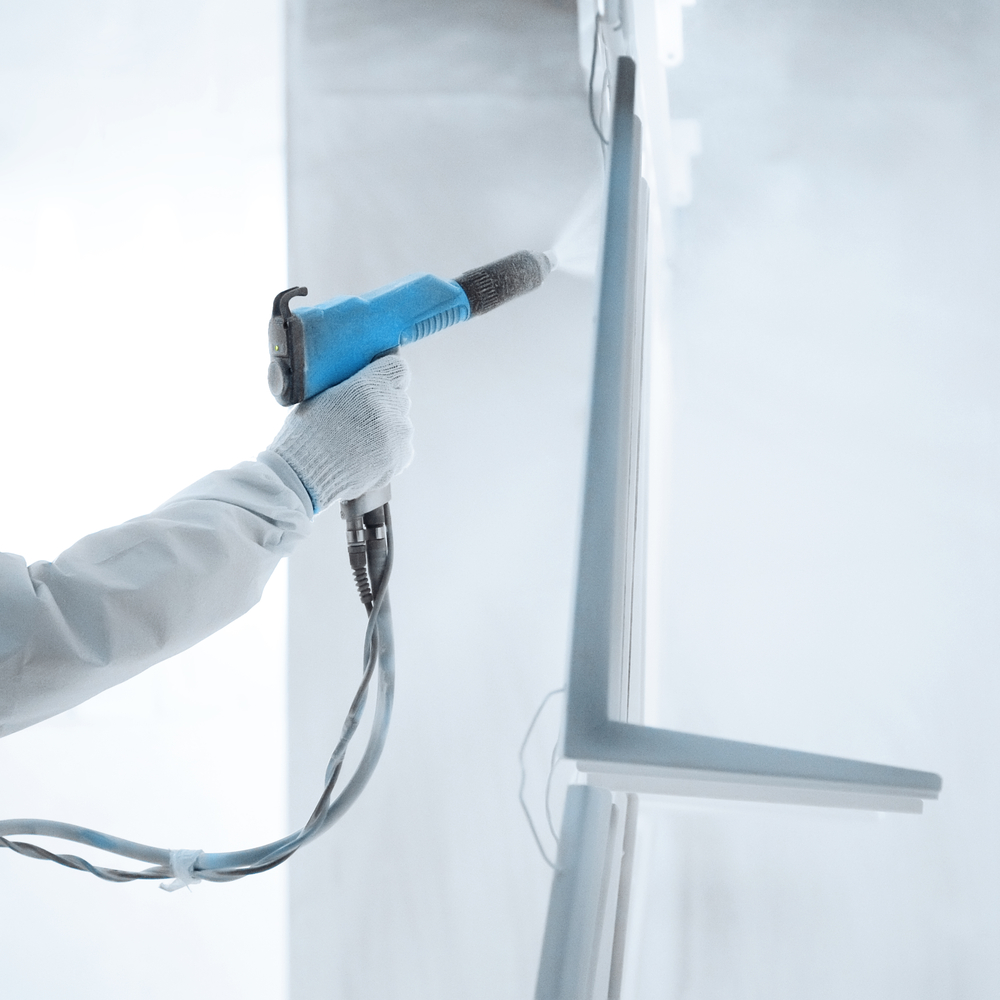As with the application of any substance or material, sometimes things don’t go exactly as planned. There’s always a reason for everything, and luckily, when it comes to powder coating, there are a few simple precautions that you can take to prevent further issues. Here, we will outline some of the most common issues we’ve come across in our years of powder coating, and explain how to prevent them! This way, you won’t have any issues and your powder coated items will be sturdy and strong for years to come.
Issues with adhesion
To ensure that the powder coating adheres to the surface correctly, you need to make sure that the surface you are coating is cleaned properly before you start powder coating!
Workpieces grounded insufficiently? Clean the hangers and hooks.
Sometimes, the issue is because the quality of the powder that you’ve selected is poor. Make sure you carefully select your powder, to make sure that the product you are working with is high quality and suitable for the surface that you are planning to powdercoat.
Flaking powder coating
There is a simple cause of flaking after you’ve powder coated a surface. If a surface wasn’t properly pre-treated before powder coating, it can cause the powder coat to flake, rust, form rough seams, and cause blisters when it comes in contact with water. Before powder coating anything, make sure that it is properly treated.
White powder yellowing
Nothing is worse than the beautiful, pure white that you chose to powder coat with, turning yellow and beginning to look dirty and dingy. If the white powder reacts with a curing temperature that is too high, or the curing time is too long, it can yellow. If you are going to be using pure white powder, make sure that you follow the curing instructions exactly to prevent this problem.

